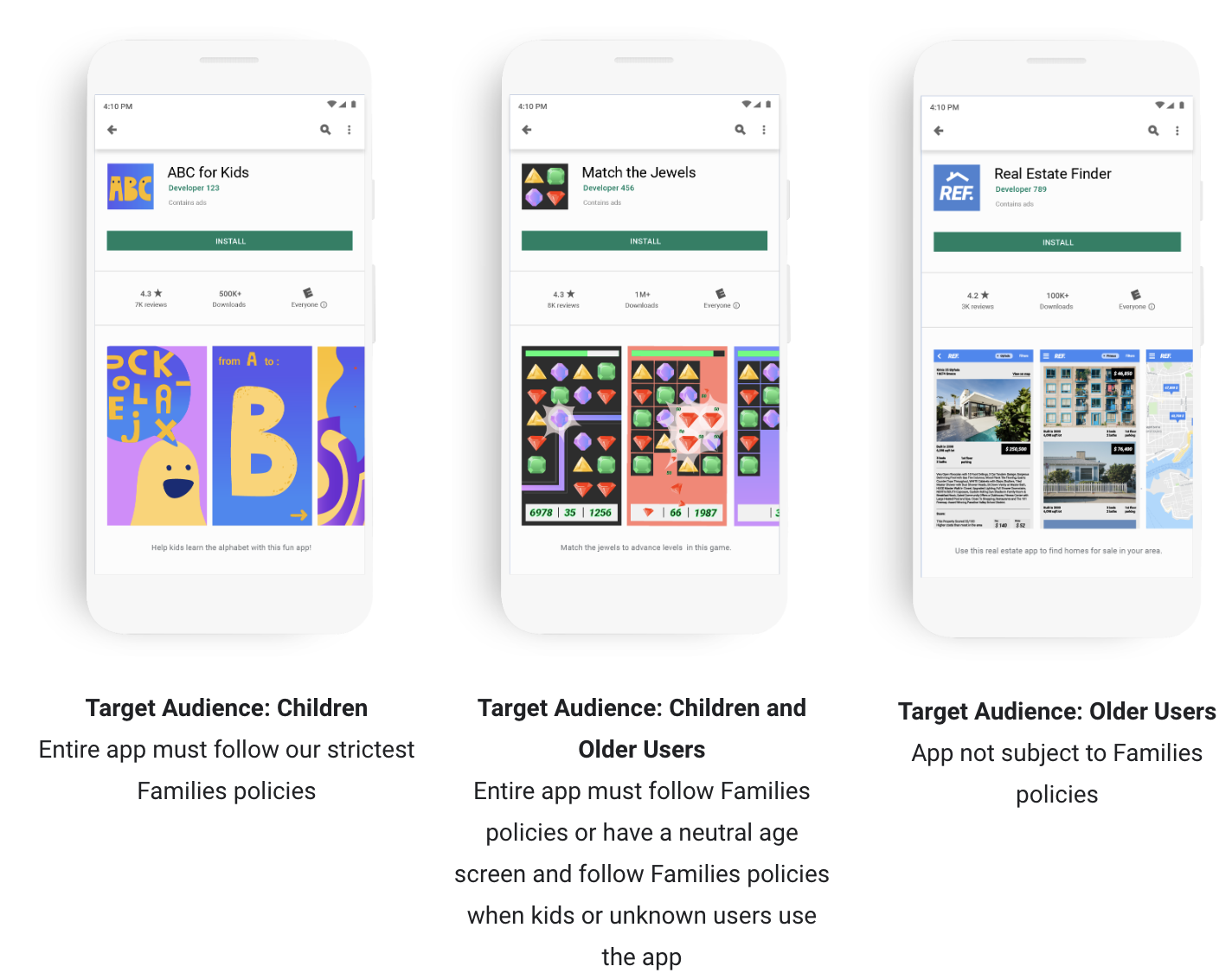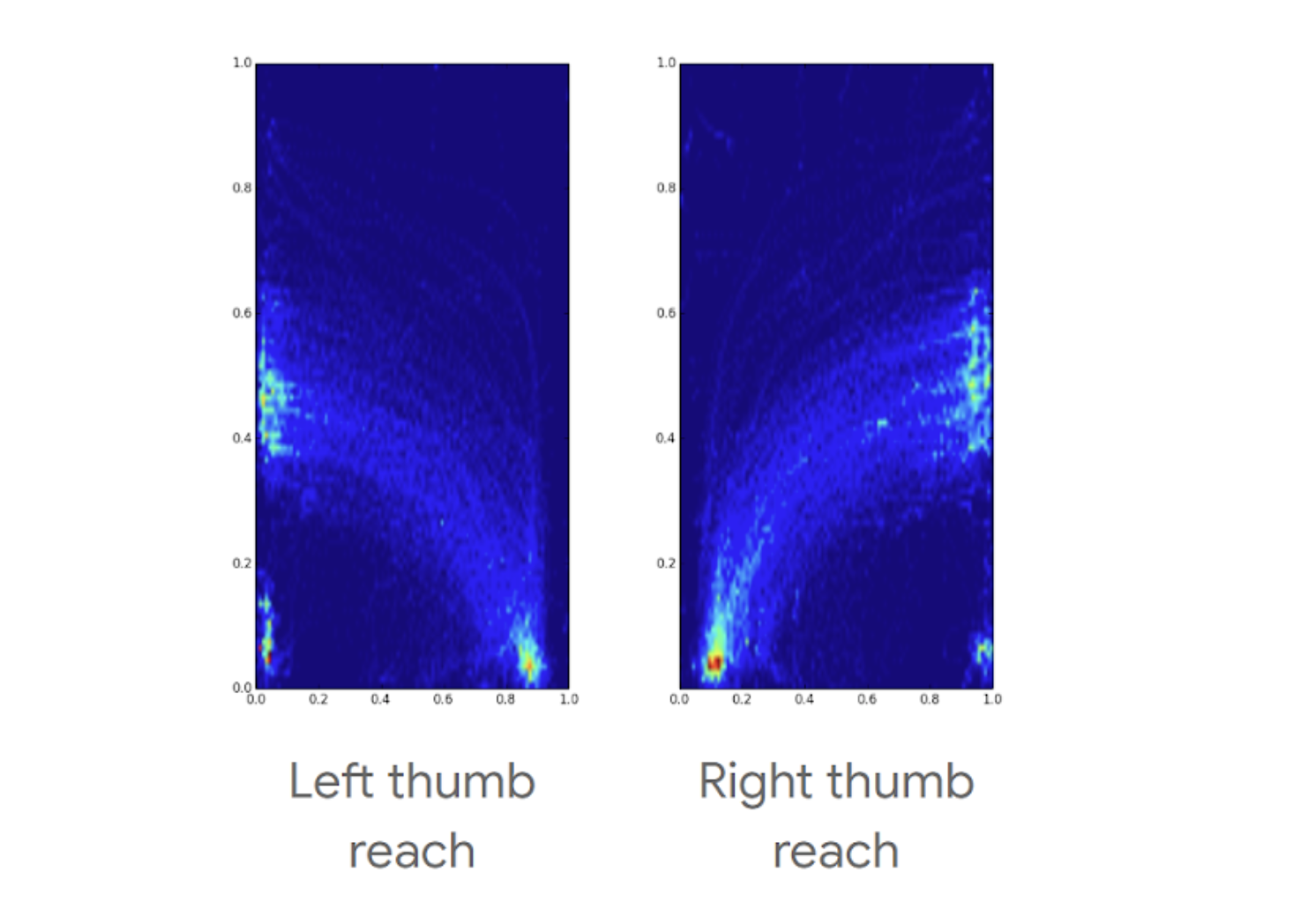Committed to a safer Google Play for Families

Posted by Kanika Sachdeva, Product Manager, Google Play In May, we launched new Families policies to provide additional protections for children and families on Google Play. As part of this policy change, we’re requiring all developers to provide information on their app’s target audience and content via the Google Play Console by September 1st. Thanks to everyone who has completed it already. If you haven’t done so, please fill it out as soon as possible and consult our developer guide and training course for additional information. Apps that include children in their target audience need to adhere to our new policy requirements including appropriate content, showing suitable ads ( learn more ), and disclosing personally identifiable information correctly. We’ve found that checking for these requirements takes longer than the normal review process, and can result in review times of up to 7 days (or longer in certain exceptional circumstances). Apps who submit inaccurate responses ...






